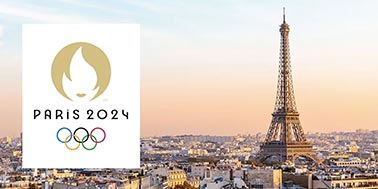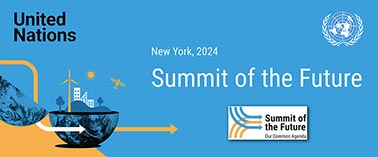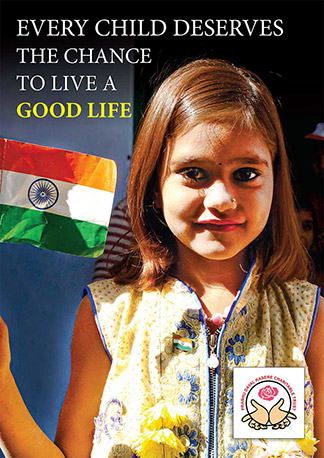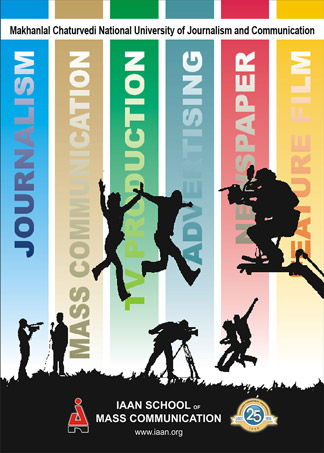On World Press Freedom Day 2025, a new global report by Reporters Without Borders (RSF) paints a grim picture of India’s media landscape. The country continues to be classified in the “very serious” category of press freedom, reflecting persistent challenges to independent journalism, journalist safety, and editorial autonomy.
Despite a slight improvement in numerical ranking compared to previous years, the report highlights that Indian journalists continue to operate under immense pressure. Political interference, concentrated media ownership, legal intimidation, and growing threats—both online and offline—have contributed to a deteriorating environment for free press. RSF notes that India remains one of the most dangerous countries in the world for journalists.
In comparison to its South Asian neighbours, India’s standing is worrying. Nations like Nepal, the Maldives, Sri Lanka, and Bangladesh are reported to offer relatively better conditions for press freedom this year. Meanwhile, global leaders in media liberty—like Norway, Estonia, and the Netherlands—continue to demonstrate strong protections for journalistic work.
The 2025 index serves as a reminder that press freedom is not merely a democratic ideal—it is a necessity for informed citizenship and accountable governance. As the world commemorates World Press Freedom Day, the message for India is clear: protecting journalism is protecting democracy.










